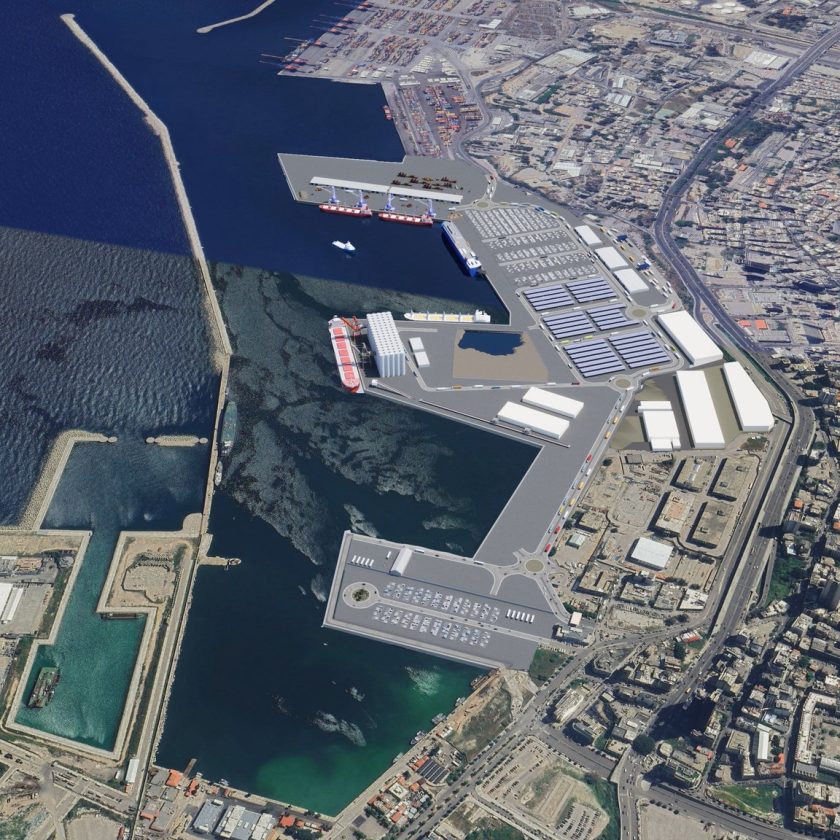Carriers invoke Force Majeure as ships begin to pile up off East and Gulf coasts
NewsContainer shipping companies, including CMA CGM, Ocean Network Express (ONE), and COSCO, are invoking force majeure due to the impacts of ongoing ILA strike.
A rehabilitation plan has been presented for the Port of Beirut following devastating explosion.

French engineering firms Artelia and Egis have presented a rebuilding and reorganization plan for Lebanon’s port of Beirut, which suffered a massive explosion in 2020.
The comprehensive reconstruction effort, unveiled on March 13, 2024, encompasses the entirety of the port area, excluding the container terminal.
In 2022, CMA Terminals, a fully-owned subsidiary of the CMA CGM Group, won a bid to manage, operate and maintain the Port of Beirut’s container terminal for a 10-year period.
The bid made strategic sense as CMA CGM already accounted for almost 55% of the container terminal’s volumes. The company said at the time that it would invest $33 million in the terminal.

The rehabilitation project, supported by the Port of Marseille, entails rebuilding damaged quays, optimizing traffic flow through a redesigned port layout, and transitioning the facility to solar power, leveraging the expertise of French energy provider EDF. The project security assessment was carried out by the French public agency Expertise France.
Funded by the French government, this plan represents a collaborative effort aimed at revitalizing Beirut’s critical infrastructure.
The presentation of the recovery plan was attended by Lebanon‘s Prime Minister Najib Mikati, Minister of Public Works and Transport Ali Hamie, Port Director Omar Itani, and French Ambassador Hervé Magro.
It is expected that Lebanon will have to come up with USD 50-100 million to finance the reconstruction.
According to Itani, quoted by the Associated Press, the funding is expected to be sourced from the port‘s revenues.
As the reconstruction journey unfolds, the focus shifts to the crucial next steps: debris clearance and the formulation of self-financing mechanisms for the ongoing work.
The reconstruction of the port is long delayed as previous proposals conditioned on political reforms fell through.
The explosion was attributed to improperly stored ammonium nitrate which after getting ignited set off one of the world‘s biggest non-nuclear explosions, killing over 200 people. The devastation unleashed by the explosion and its ensuing shockwave in Beirut’s port and its surrounding vicinity left a trail of destruction spanning nearly 10 kilometers in radius.
In terms of its magnitude, the impact paralleled that of a seismic event measuring 4.5 on the Richter scale, underscoring the unprecedented scale of the catastrophe.